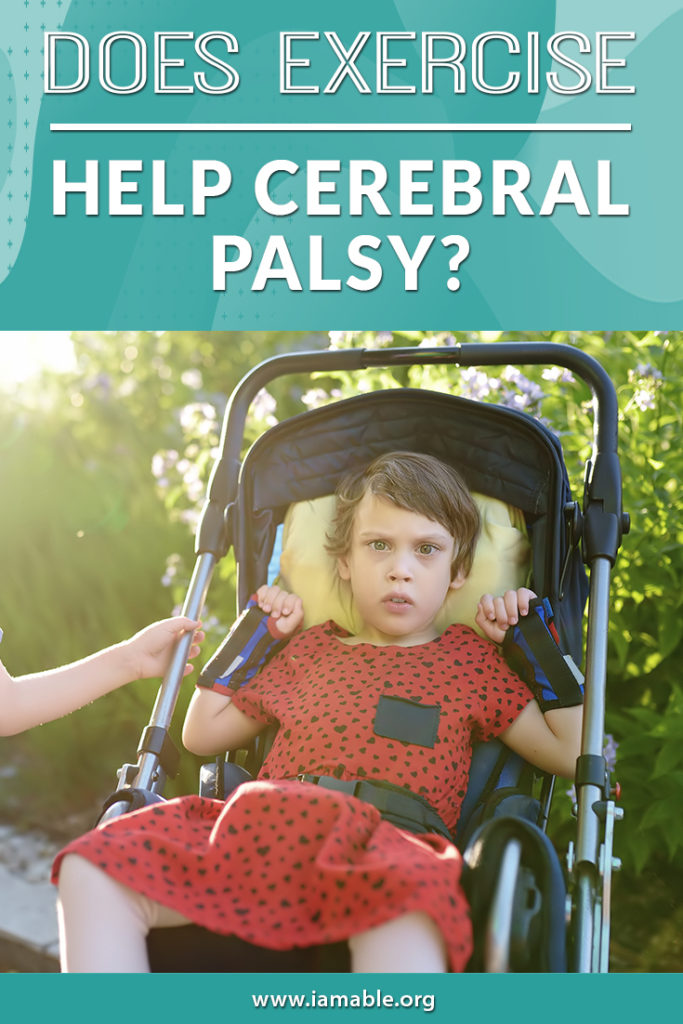Miami, FL 33186

Cerebral palsy is the common name for several different disorders that result in posture and balance issues. The name cerebral comes from the fact that the brain is the source of the motor disability. The word palsy refers to the muscles, which is where the weakness or functional problems occur. Since this is essentially a problem in the brain that leads to challenges controlling certain muscles, does exercise help cerebral palsy? We are going to answer this question and explain how activity-based therapy centers can help.
The short answer is that, yes, exercise can help a person living with cerebral palsy. The question is, why? In what ways can exercise help you to enhance your health and quality of life. Here are five benefits of exercise for cerebral palsy patients.
For these five reasons, you want to be sure to add exercise to your regular routine, even if you find it challenging. Working with an activity-based therapy center can help you to find the right activities for your ability level.
There are three main types of exercise that you can get at activity-based therapy centers. Each type has its own advantages for individuals who are living with cerebral palsy. The three types of training we want to discuss are:
Let’s consider each type of exercise separately so that we can provide you with some tips on getting started as well as some of the equipment that can be beneficial. While you can get some of this equipment at home, activity-based therapy centers should have all of these items to facilitate the different exercise types you need.
Flexibility training is crucial for your joints. Stretching is the perfect way to warm up before other exercise forms and a great way to unwind afterward. This is also the simplest form of exercise, so it is an excellent starting place if you can’t perform the other exercise types yet. Stretching helps you to maintain or even enhance your range of motion. This keeps the joints limber and ensures that you don’t lose any of the range of motion you already have. At most, the only equipment that you may use when taking part in flexibility training is resistance bands. However, you may also join a Pilates class if your flexibility improves dramatically and you are looking for a challenge.
Strength training can increase muscle mass and improve your endurance. You will want to start with very light weights so that you don’t injure yourself. Gradually increasing the weight can help you build strength, but you can also increase the number of repetitions to build up your endurance. It is essential to change the muscle groups you train each day to give the muscles time to relax. Some of the equipment you may require include resistance bands, free weights, or weight machines (such as a universal machine).
Cardiovascular exercise benefits your heart by increasing your heart rate. Your doctor or physical therapist can help you to calculate a goal heart rate from your aerobic activities. You want to maintain that heart rate for at least 10 minutes to get the benefits. Don’t push yourself too hard from day one.
You will have to build up your endurance gradually. You will know your cardiovascular health is improving when it becomes more challenging to hit your target heart rate. Exercise equipment may include a stationary bike, adapted bike, or a treadmill. An unweighing treadmill with an exoskeleton can help if you struggle with a natural gait. There are also many cardio classes available that you may be able to perform at home, even if you have to modify several of the exercises.
Activity-based therapy centers have the equipment you need and the physical therapists to help you plot out a healthy exercise routine. At iAM ABLE, we also want to help you mentally prepare for your recovery journey, especially if you are dealing with paralysis. Our eBook 7 Unbelievably Important Steps to Take to Thrive after Paralysis can provide you with some beneficial support.
Grab our free e-book 7 Unbelievably Important Steps to Take to THRIVE after Paralysis by clicking the image below.
